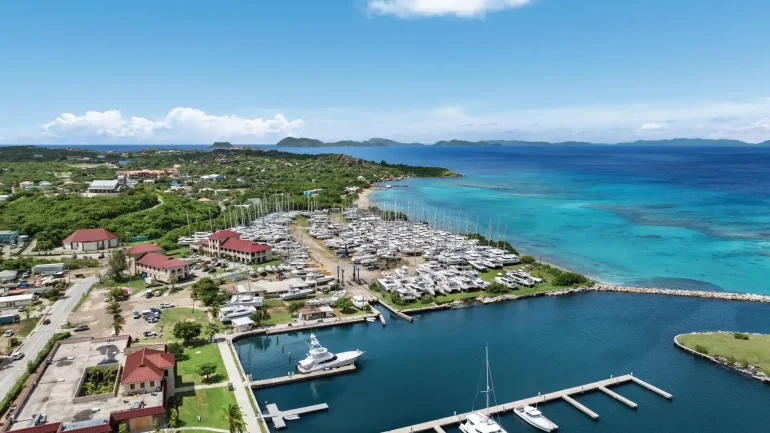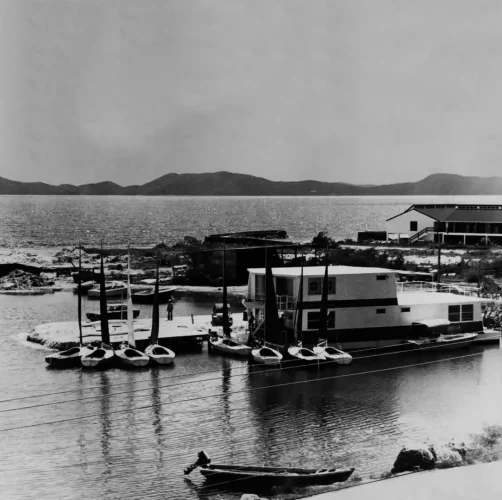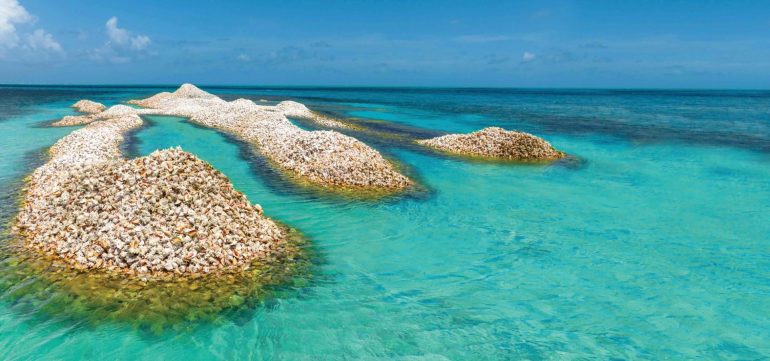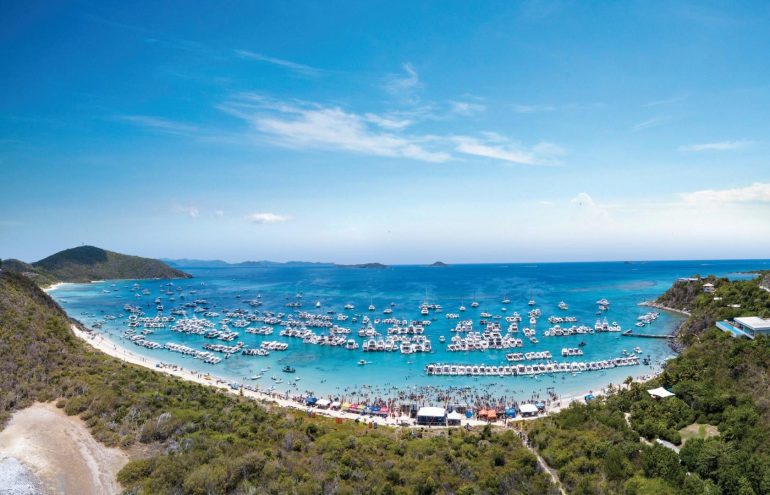A Beach is Just a Beach or is it ?
Most people would consider a beach to be where you can sit next to the sea, soak up some rays and drink rum punch. Of course, the beach is also a popular gathering place for friends and families, provides for an ideal daytrip for cruise ship passengers and is one of the most valuable natural resources in the Virgin Islands. But what really is a beach? Do they differ from bay to bay or island to island in the Virgin Islands? Believe it or not, yes they do.
In the most simple of terms, a beach is the strip of land made of loose materials (sand, rocks, coral rubble) between a body of water (oceans, lakes or ponds), and where the land drastically changes. In many cases, that drastic change is the natural line of vegetation, such as trees and shrubs, solid rock, or the edge of another body of water such as a salt pond. Because of coastal development, that change could even be a building or a road.

Because beaches are the transitional zone between land and sea, they can be made up of materials that derive either from eroded rock on the landward side of the beach or from marine particles (carbonate) such as mollusks, foraminifera (tiny marine animals with shells) and coral. Beaches in the VI are made up of both eroded volcanic (terrestrial) rock and carbonate but depending on the orientation of a beach to incoming wind and waves, and the habitats that lie in front and behind the beach, not only does the amount of eroded rock found within beach sediments differ, but even the size of the sediment particles that make up the beach differ from island to island.
In my studies, I’ve focused on the geological makeup of beaches lining the north shores of the British Virgin Islands. As a general rule of thumb, beaches along the north shores of the northern island chain—from the Tobagos, to the Dog Islands and Anegada—have the most amount of carbonate in the sediment. This is primarily due to the highly productive Horseshoe Reef and the carbonate bank between Tortola and Anegada that produces large amounts of carbonate sands. With prevailing trade winds and waves, carbonate sediments are simply driven onshore to create most of the beaches in the BVI. Beaches along the southern island chain—from Norman Island to Virgin Gorda—have carbonate sediments but have been diluted with eroded volcanic rock such as quartz from the hillsides. Additionally, larger sediment sizes, produced from coral rubble, pebbles, and boulders, are more commonly found along the southern shorelines because waves are not as energetic from the south to break down marine particles to smaller sand grain sizes.
With a simplistic explanation regarding the make-up and size of sediments at different beaches, it gets more complicated when you look at the shape of the beach itself. There are seven different bird’s-eye views, or planforms, found in the BVI. The most common planforms found are those beaches that do not create any barrier to a pond and are considered mainland attached, such as Trunk or Rogue’s Bay. Some of the more unique planforms include tombolos, which are beaches that form between two solid emerged structures, like south George Dog; and cuspate forelands that form from converging waves and enclose ponds, such as the shoreline of north Dead Chest.
Despite a number of physical differences between beaches, they all have at least one similar threat: humans. People seem to forget beaches are very active and can naturally change from season to season, depending on changes in wind and wave directions. When people build on beaches, sediments are obstructed and cannot adjust as easily to changes in wind and waves, which usually results in beach erosion over time. People also forget tropical beaches are a part of a larger beach “system” that includes coral reefs which not only produce sand for beaches, but also protects the beach from storm waves. Killing a reef is also like killing a beach. Even wetlands play an important role in beach systems, but in-filling of these critical habitats for development is common throughout the Caribbean. Without wetlands behind the beach to control what comes off the hillside down to the coastline, which sometimes crosses the beach itself, some beaches have actually started to appear dull and far less sugary white compared to thirty years ago.
Although all beaches have similar threats, each beach still has its own unique characteristics. So the next time you are liimin’ at the beach, take a look around you. Some “threats” might not seem obvious, but take a close look at the sand. Compare it with another beach, and then you too will see just how different one beach is from another.






